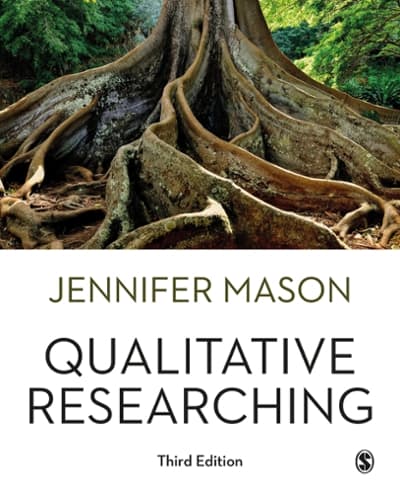Question
Reply to this post Upon reviewing the test results, it's evident that I may face some challenges in fully embracing deep emotional intimacy within my
Reply to this post
Upon reviewing the test results, it's evident that I may face some challenges in fully embracing deep emotional intimacy within my romantic relationships. The assessment suggests a certain hesitancy on my part to engage in profound emotional connections, often preferring more surface-level interactions. This inclination, as the report posits, may be influenced by a combination of factors, including my upbringing, past experiences, and a noticeable reservation towards revealing my vulnerabilities.
The report underscores the role of emotional transparency as a cornerstone in cultivating close, meaningful relationships.
Following the completion of the quiz, I will take some time to reflect. The results did not really come as a surprise to me. Furthermore, I plan to take a clear look at the congruence between my present attachment style and its perceived manifestation during my formative years. My parents barely had time and were fighting a lot when I was young which explains the attachment style I seem to have now.
Considering the indications that I may have grown up in an environment where discussions about feelings were either limited or discouraged, it's plausible to assume that this upbringing may have had a lasting impact on my attachment style. If feelings were not openly addressed or were viewed negatively during my formative years, it could have influenced my ability to navigate and express emotions in my adult relationships (Parke, 2019).
As a result, it's likely that I developed a tendency to be uncomfortable with vulnerability, perhaps associating it with a sense of weakness. This could have manifested in a preference for maintaining a certain level of emotional distance in my relationships (Corey, 2024).
Considering these potential influences, it's plausible that my current attachment style aligns with the one I had in my early life. The formative years often play a significant role in shaping our relational patterns, and it stands to reason that experiences or lack thereof in discussing feelings would leave an imprint on my approach to intimacy.
However, it's also important to acknowledge that personal growth, introspection, and life experiences can lead to shifts in attachment styles over time. If I've actively worked on becoming more comfortable with vulnerability and expressing emotions, my current attachment style may differ from what it was earlier in life.
Ultimately, the congruence or divergence between my current attachment style and that of my early years is likely influenced by a combination of my upbringing, subsequent experiences, and personal development efforts. It's a nuanced interplay between nature and nurture, with room for evolution and change.
Step by Step Solution
There are 3 Steps involved in it
Step: 1

Get Instant Access to Expert-Tailored Solutions
See step-by-step solutions with expert insights and AI powered tools for academic success
Step: 2

Step: 3

Ace Your Homework with AI
Get the answers you need in no time with our AI-driven, step-by-step assistance
Get Started


